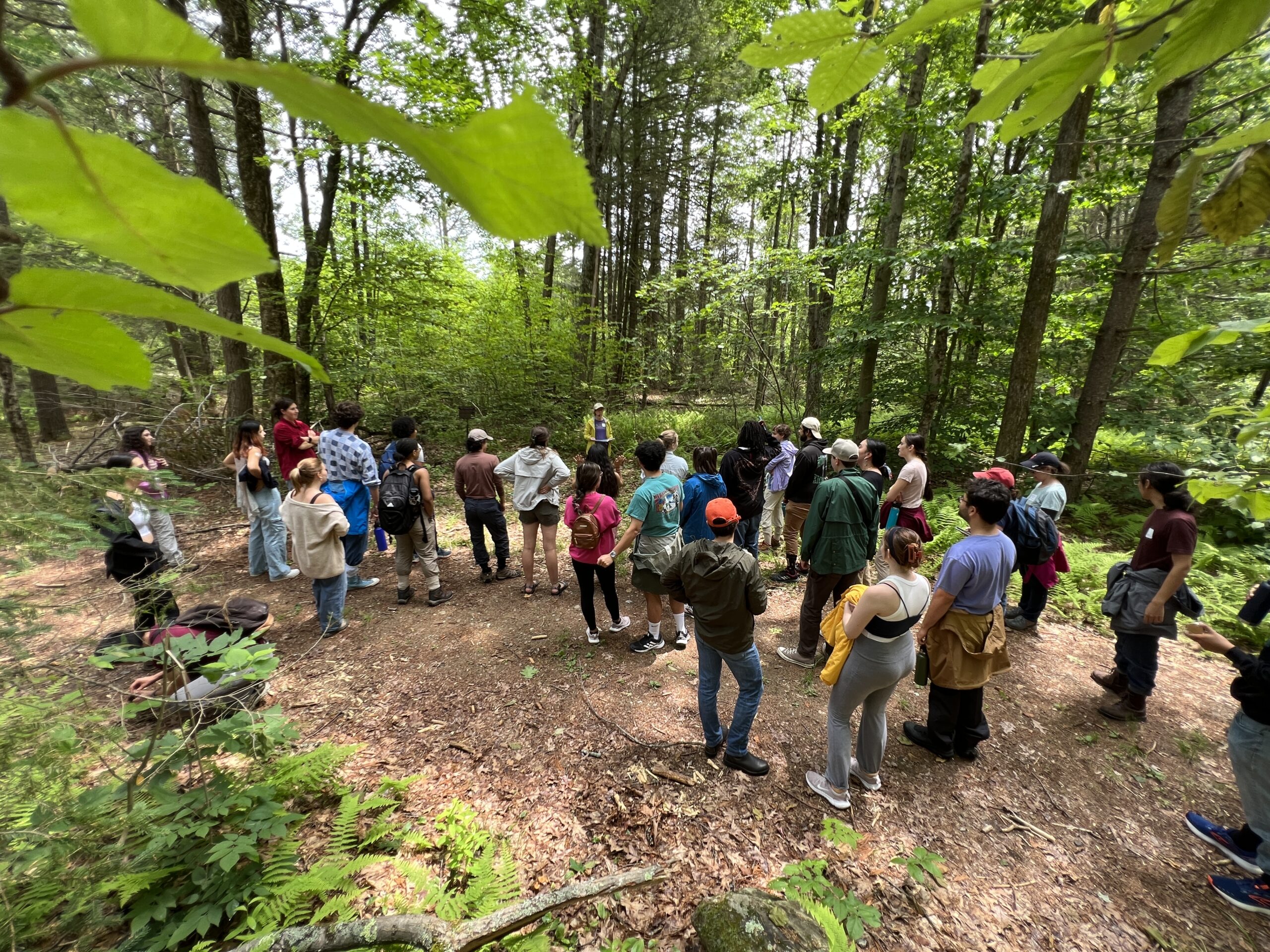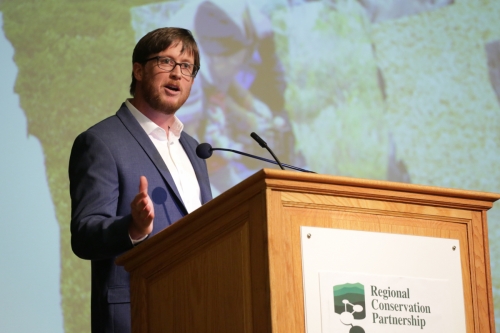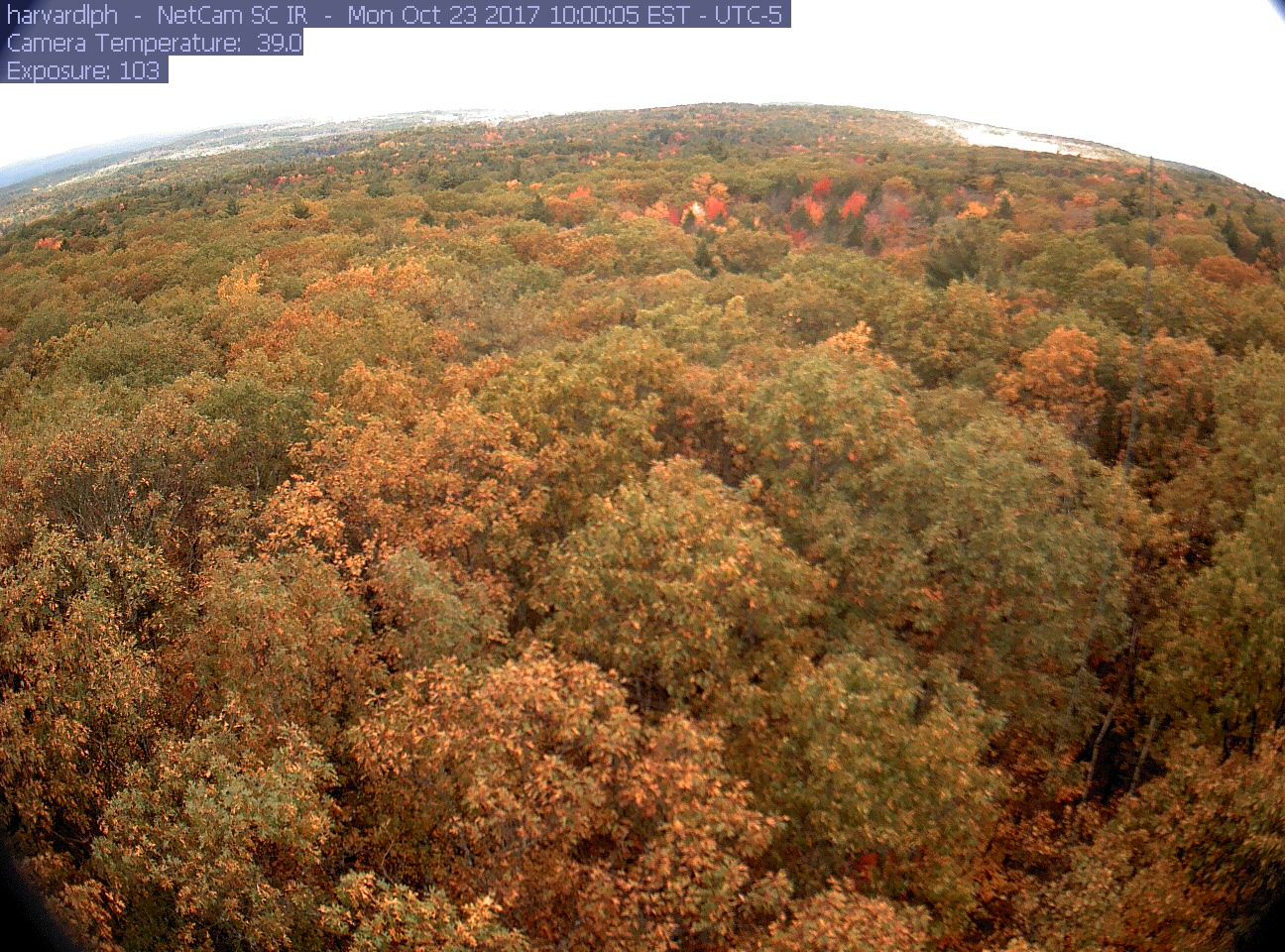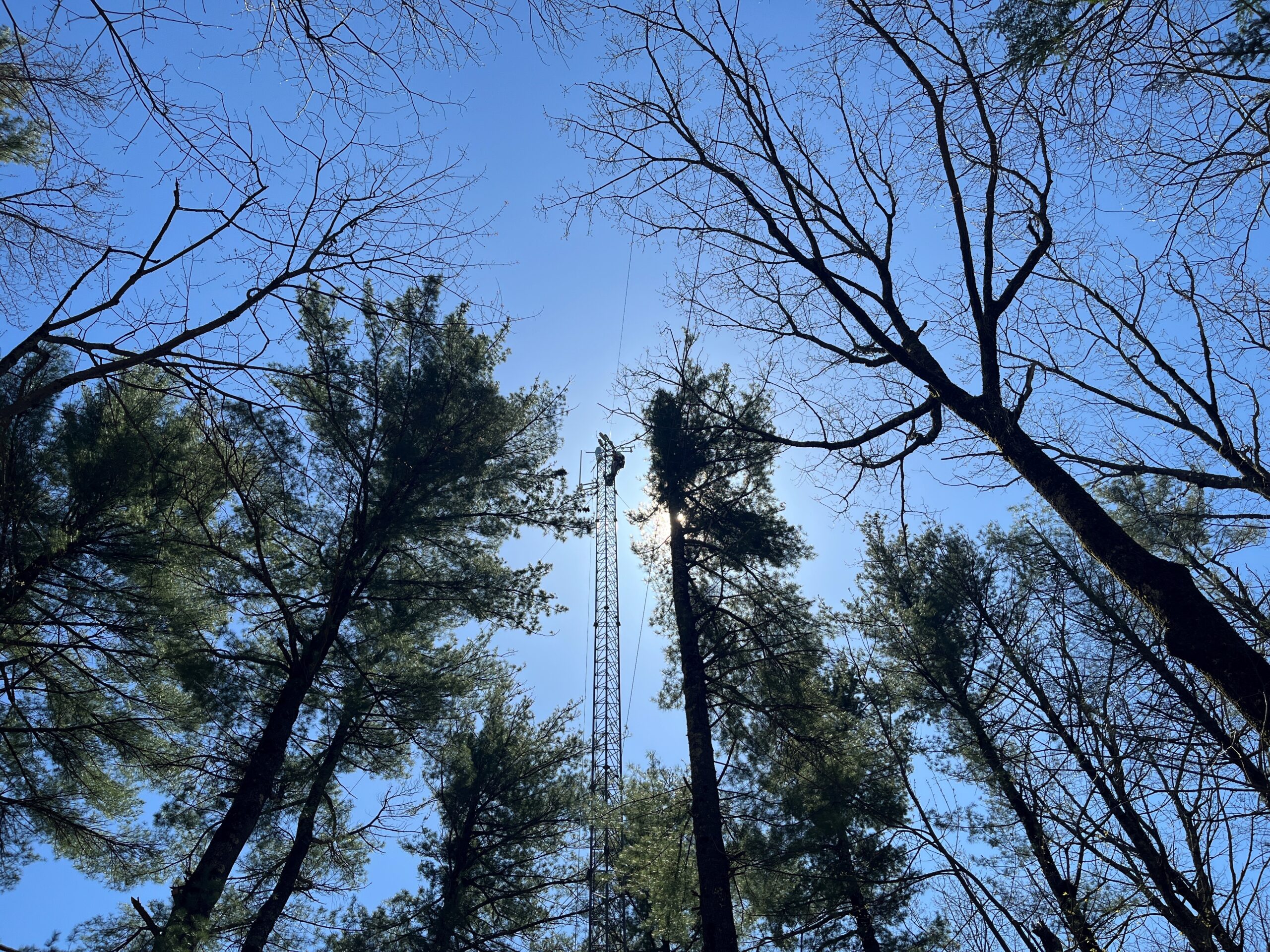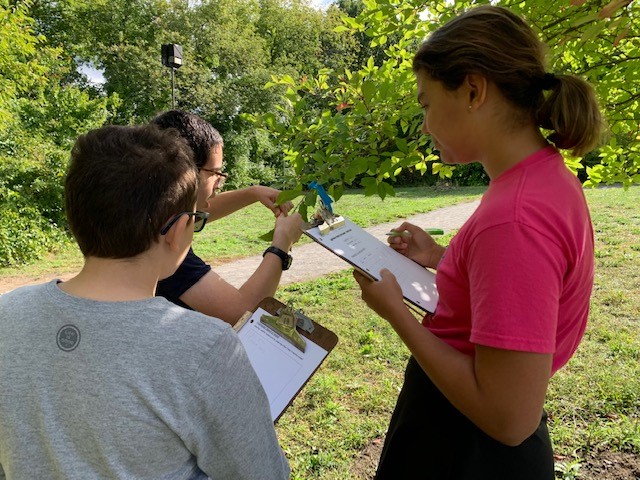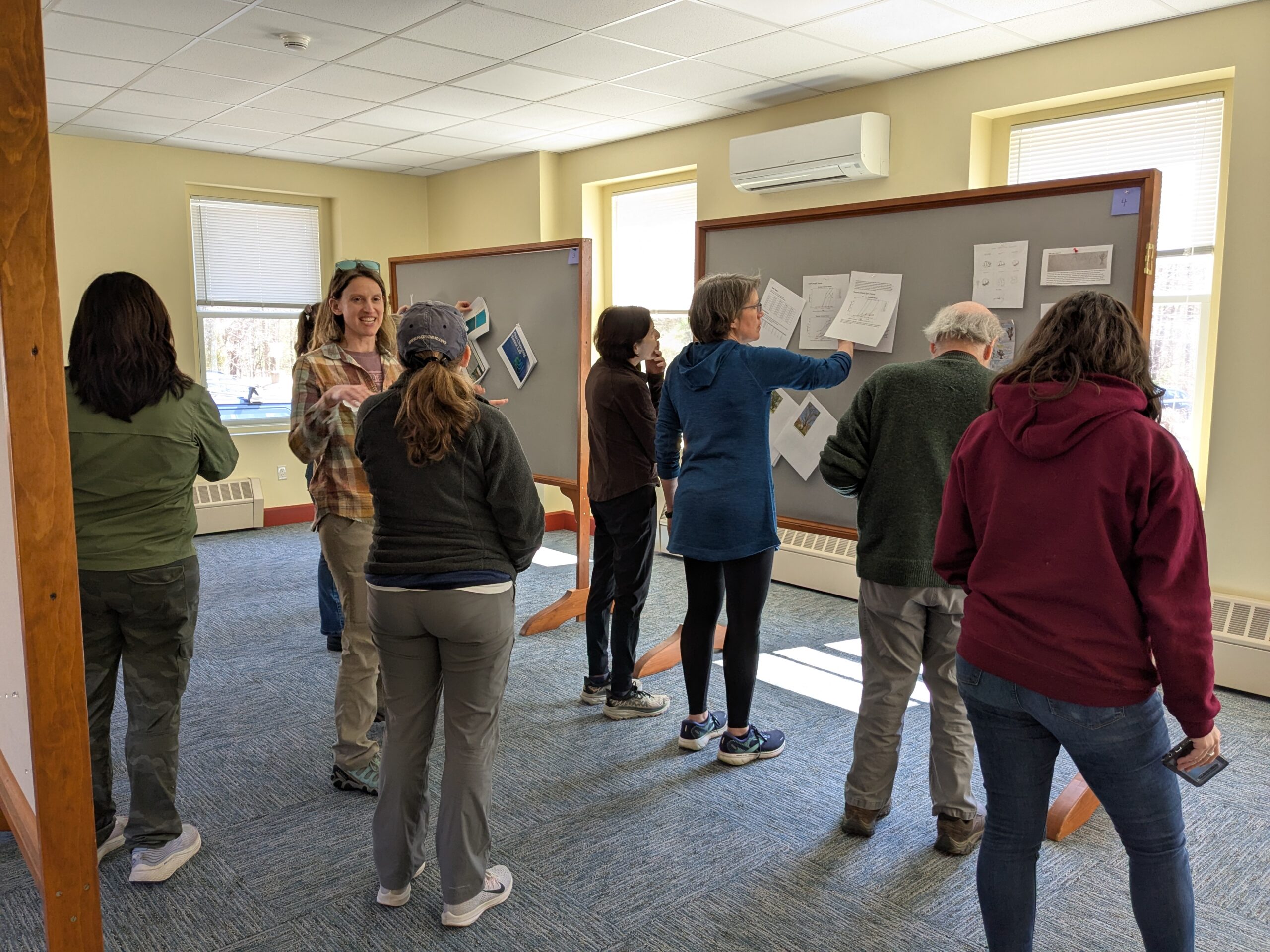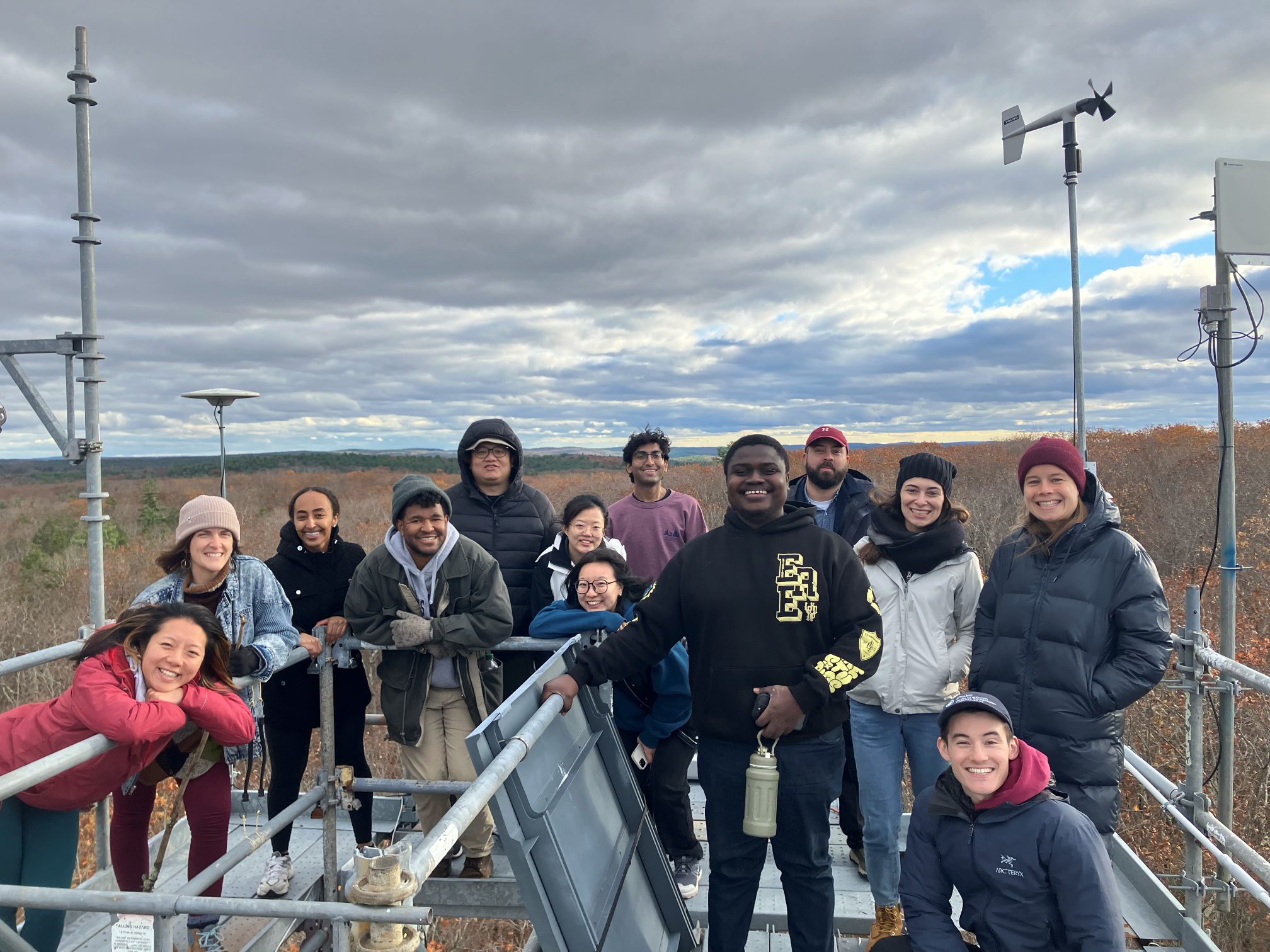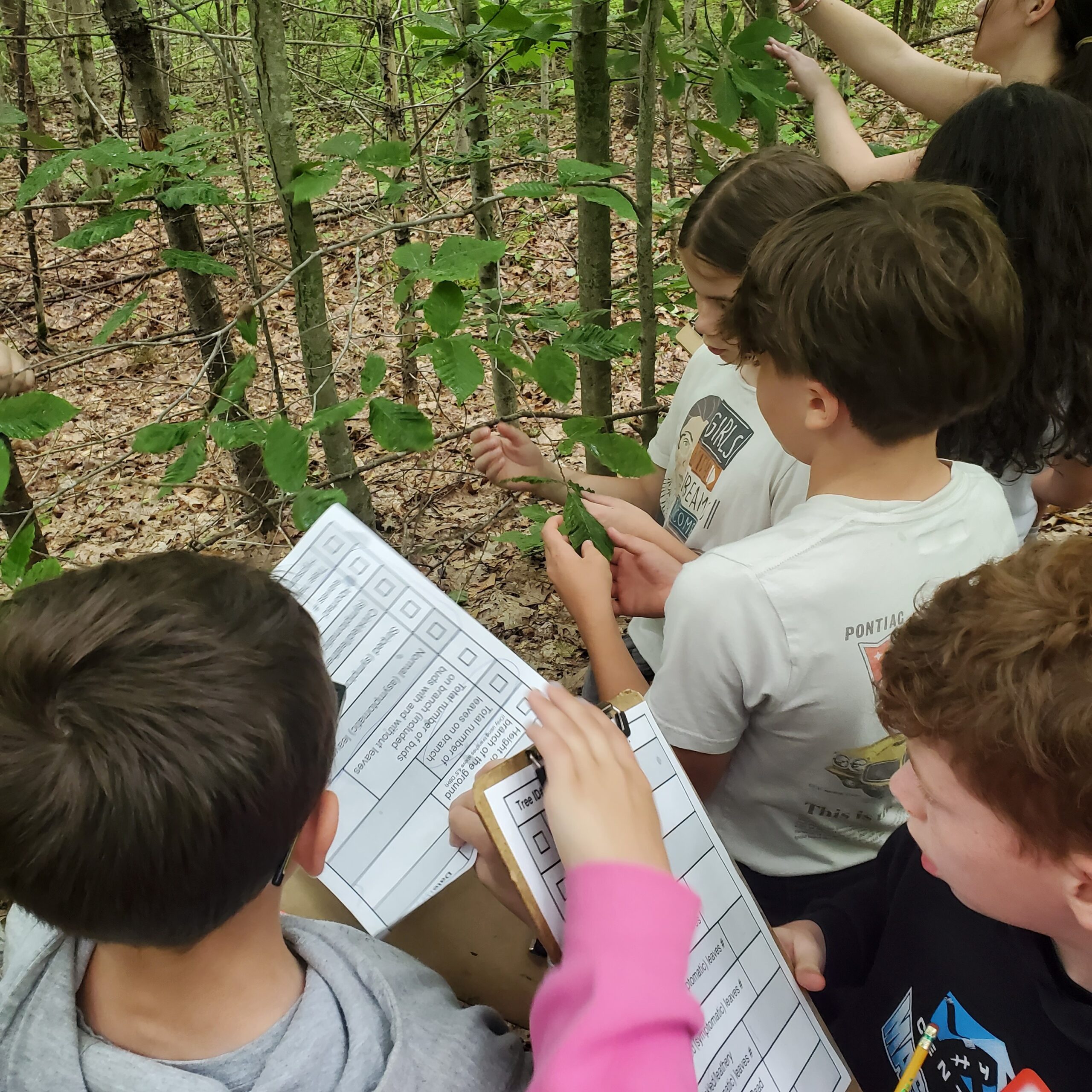
Tara Goodhue, Science Department Head at Lowell High School and Schoolyard Ecology educator collaborator has just been named the 2026 Massachusetts State Teacher of the Year. Tara has participated in Schoolyard Ecology since 2017 and has been one of its biggest advocates.
Tara has published a chapter in the book Educators’ Work Integrated Learning Experiences (2024), “Work Integrated Learning in the Forest: The Journey of a Science Educator,” as well as a fantastic Data Nugget resource that was created as part of an RET (research experience for teachers) in 2020-2021. The resource is called “Love That Dirty Water” and engages students in thinking about the effect of development patterns on water quality in the Merrimack River valley of New Hampshire and Massachusetts.
Tara is currently part of a team here at Harvard Forest studying STEM identity development in middle school students who participate in schoolyard projects. Our research question has been: To what extent does a year of participation in the Harvard Forest “Buds, Leaves, and Global Warming” project influence middle school student participants’ science identities and motivation, science values, and environmental attitudes? Middle school students in seven different schools have been participating in a pre and post survey collecting quantitative and qualitative data.
When speaking about why she loves participating in Schoolyard Ecology, she says, “It’s just really cool when you take kids outside, I work with mostly juniors and senior, so 16 and 17 year-olds, this child like wonder comes out in them.”

